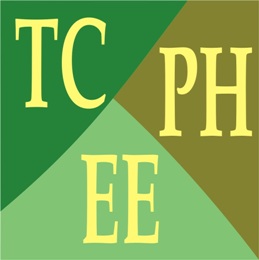|
| |
Original article
Optimal Scaling for Early Life Stress Measurement
Olena P Iakunchykova, Tatiana I Andreeva, Zoreslava A
Shkiryak-Nizhnyk, Yuri G Antipkin, Daniel O Hryhorczuk, Alexander V Zvinchuk,
Natalia V Chislovska
BACKGROUND: Early life stress is associated with high risk for both negative
psychological and physical health outcomes. However, many of the stressful life
events inventories that have been used in epidemiological research have not been
validated or checked for reliability or consistency. The aim of our study is to
use optimal scaling and correspondence analysis that employ categorical
principal components analysis (CATPCA) algorithm to consider the internal
structure and the geometry of the space of variables obtained through the
questions measuring early life stress. This approach was chosen because it
allows quantification of categorical (both nominal and ordinal) scales and
reduction of initial number of variables with interval quantification of the
resulting dimensions.
METHODS: A questionnaire for measuring early life stress was applied to the
participants of the Ukrainian component of European Longitudinal Study of
Pregnancy and Childhood at the age of three and seven years. CATPCA algorithm
was used to elaborate a tool for estimating related integral quantified
characteristics.
RESULTS: Application of quantification and dimension reduction techniques to the
categorical variables measuring stress in three- and seven-year-old children
resulted in two dimensions. The first dimension that accounts for a major part
of initial variance and is associated with all the collected variables can be
interpreted as the overall value of stress. The second dimension accounts for
smaller but still considerable part of variance and can be related to child’s
attachment to mother and acquiring new experience as the route of development.
CONCLUSIONS: Application of optimal scaling to the empirical data of early life
stress measurement resulted in construction of two integral indicators – first
measuring overall stress and second contrasting security related to child’s
attachment to mother and new experiences – consistent across age groups of three
and seven-year-old children.
Keywords: psychological stress; questionnaires; mathematical models; algorithms;
scaling; statistics; computation; optimal scaling; correspondence analysis.
Full text (pdf) in English
|
